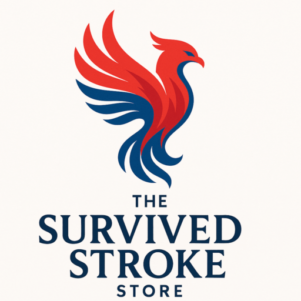Intricate functionality after a Stroke
Yes, intricate functions can be regained after a stroke, though the extent of recovery varies depending on the location and severity of the brain damage, as well as the rehabilitation efforts. Stroke survivors often face challenges with fine motor skills, which can affect tasks like writing, buttoning clothes, or playing musical instruments. However, with consistent therapy and practice, many survivors can retrain their brains to regain these abilities through a process called neuroplasticity. This phenomenon allows the brain to reorganize, creating new neural pathways to compensate for lost functions.
Various therapies, including physical and occupational therapy, can help stroke survivors restore fine motor control. Therapists often use exercises focused on strengthening and coordinating specific muscle groups, improving dexterity, and enhancing hand-eye coordination. Activities like picking up small objects, using adaptive tools, or engaging in therapeutic arts and crafts can gradually improve intricate motor skills. Repetitive task practice and mirror therapy are also commonly used to help the brain relearn detailed movements, enabling survivors to perform more complex tasks over time.
Assistive technology can play a significant role in restoring intricate functions post-stroke. Devices such as specialized grips, braces, and tools that adapt to limited hand function can help individuals perform daily activities with greater ease. For example, stroke survivors experiencing spasticity in their hands might use weighted utensils or button hooks to regain independence in eating and dressing. In more advanced cases, robotic therapy devices and virtual reality systems are used to simulate fine motor tasks, providing a dynamic and engaging way to retrain intricate hand movements.
While recovery may be gradual and sometimes incomplete, many stroke survivors can regain a high degree of fine motor function through dedication and the right interventions. The key is early intervention, persistence, and a tailored rehabilitation program that focuses on the individual’s specific deficits. By working closely with healthcare providers, stroke survivors can make meaningful strides in their recovery journey, improving their quality of life and re-engaging in activities that require intricate functions.



